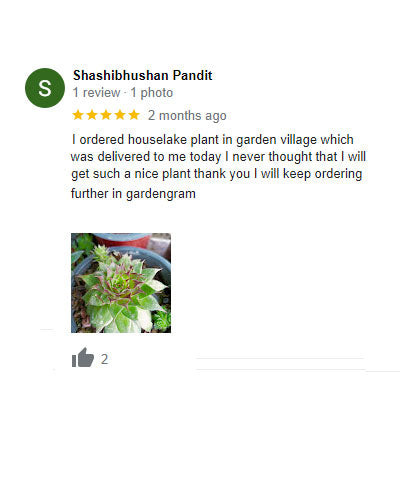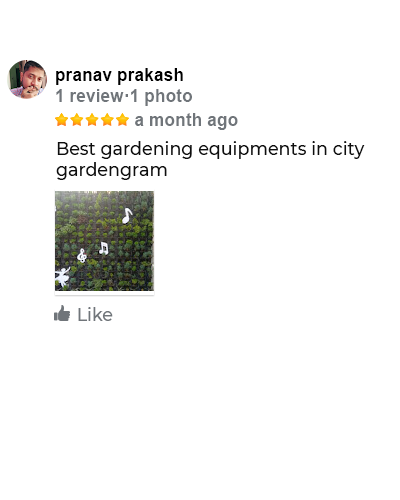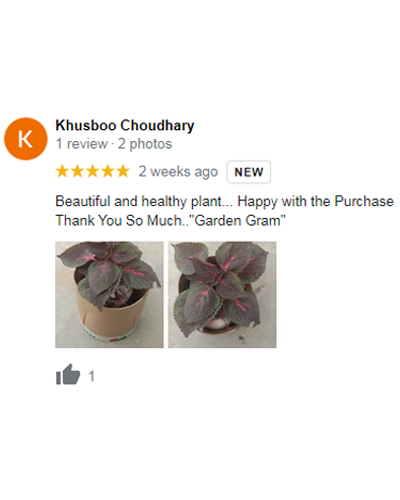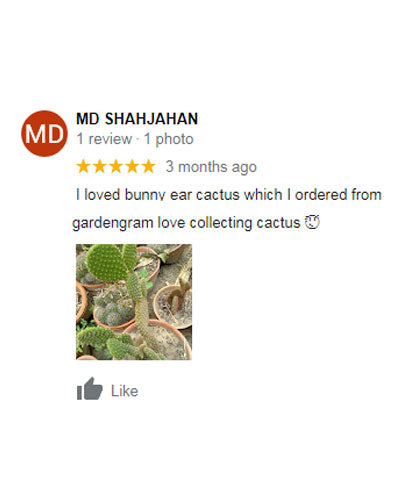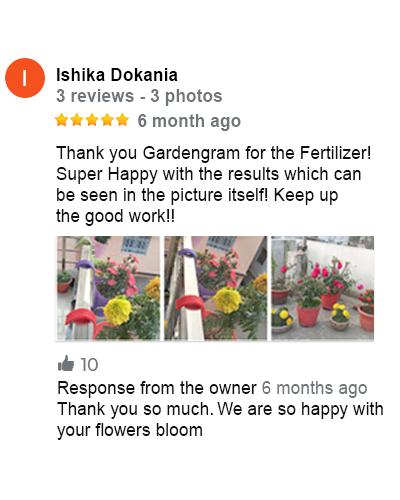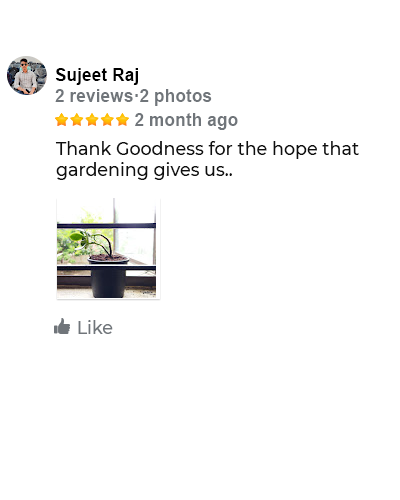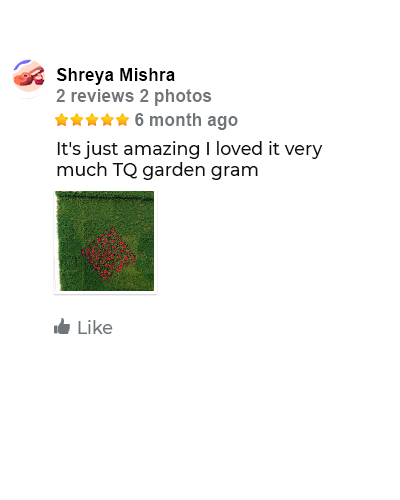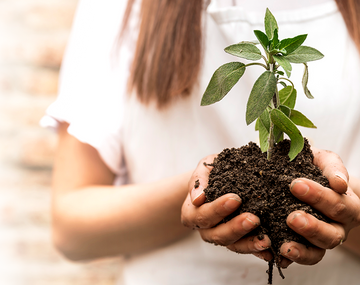10 Golden Rules For Watering
Watering plants correctly requires skills and Gardengram is set to help you ace your indoor plants watering game like a pro. Proper watering initiates allowing plants to get sufficient moisture in appropriate amounts. It helps in plant development and avoids issues like overwatering or underwatering.
In this extensive guide, we will walk you through the ten golden rules of watering and help you become a watering expert.
Know Your Plants' Watering Needs:

When it comes to the water requirements of plants in your garden, every species has its own specific watering need. Hence, you should look into it to cater for your plants. There are some plants for example, the hydrangeas´ which require constant watering and belong to most species. Be sure to know how much and how often your plants need to be watered and plan accordingly by grouping them in such a way that they get the right amount of water.
Use a Moisture Sensor:

A moisture sensor makes for a worthy investment for you to precisely understand if your soil is sufficiently moist. These cool tools give immediate information as to how good the weather conditions are for plant cultivation, whether the soil is extremely dry, wet or just okay. Place a sensor at different locations in the garden to get an idea of the moisture rates and add water to the soil where necessary.
Consider an Automatic Irrigation System:

For a large garden or for gardeners who just find it difficult to manage water sessions, an automatic watering system could be a reliever. The application of this system allows water to be applied directly beneath your plant’s root system on a previously set schedule, offering uniform moisture levels perfect for evading manual watering. Whether it’s the drip irrigation system or the sprinkler system, you name it, there are numerous options that you can choose from for an automatic irrigation system for your home garden.
Mulch Covering:

The installation of a layer of mulch on your flowerbeds helps maintain moisture in the soil by preventing water loss and limiting the growth of weeds. In addition to this, the mulch acts as an insulation barrier to the soil which helps maintain a consistent soil temperature and protect plant roots from extreme heat or cold. Instead, opt for mulch products from organic sources like cocoa chips or compost for top outcomes.
Water Deeply to Reach the Roots:

When watering your plants ensure you start by keeping the soil fully moist so that the roots can grow fully and deeply. Long short watering causes shallow roots rendering these plants vulnerable to drought. Water your flowers with the help of a watering can or a hose that has a gentle spray attachment, so that you can make sure that the water is thoroughly soaked into the ground.
Ensure Proper Water Drainage:

Proper drainage systems should be installed as they help against water loss and aeration of plant roots. This guarantees that your beds have the correct slope that allows any water to flow away rather than seep close to the plants. Soil makeup with organic components such as compost to make heavy clay soil more drainable and properly aerated.
Water Repeatedly in Parts:

For vegetation with a well-established root system, the watering should be effective. The correct irrigation approach will promote the absorption of moisture into the soil thus reducing the instances of runoff. First, water well, let the water be absorbed by the soil, then water again as much as possible until the ground is moistened.
Avoid Watering in the Evening:

Watering plants in the evening seems to be a convenient choice, but evening watering isn’t the right thing to do. Wet leaves during the night can keep the moisture and make it more likely to promote fungal diseases. Consequently, try early morning watering when the direct sunlight is not too harsh
Use a Watering Can for Precision:

The hose and the sprinklers are good for general watering of a large-sized area while the watering can allow for more accurate watering in a confined place. Watering cans are good instruments but do so with caution. This technique also gives you the power to properly manage the water distribution
Save Water Whenever Possible:

To prevent water waste, you should water your plant during off-heat hours thereby reducing evaporation, and also during calm weather hours. Harvest rainwater in a barrel or cistern for irrigation. Opt for a rain sensor on your residential automatic watering system that will save water by refraining from irrigating during rain.
The ability to water the right way is the most important factor for mitigating. The moisture levels and vitality of your garden. Through the implementation of these ten golden rules and intelligently inserting these practices into your watering schedules, you will have protected your plants from being overwatered or underwatered (which will result in a healthier plant).
Take care of your soil's moisture levels and water appropriately whenever required. In addition, never forget that the health of your plants should remain at the top of your mind.
Frequently Asked Questions (FAQs):
Q: What am I supposed to do when it comes to watering my plants?
A: A variable watering regime based on factors such as type of plant, soil type, weather, and season are the ones that often bring good results. In conclusion, let the top inch of the soil dry before watering, adjust according to the environmental conditions, and then water accordingly.
Q: Am I sure if my plants are being overwatered? How can I fix this problem?
A: Signs such as yellowing leaves or dropping leaves, occasionally mould on the soil surface and a multitude of pests that indicate improper watering methods. Water the soil only as per its moisture and regulate the faucet regularly according to this schedule.
Q: Can it be right to rescue the wilting plants not only after watering but also through other ways?
A: There are some occasions when an overwatered plant can be revived by a thicker soil layer, and by regulating the watering techniques. You need to eliminate the rottenness of the roots by replanting them in fresh soil with good water drainage. Please make sure that the next time you water the plant, it is not excessive.
Q: Is it possible that underwatered plants end up with high stress levels?
A: Of course, underwatering comes with as many negative growth effects as overwatering. Visible signs of inadequate watering include leaf wilt, dry crumbling leaves and a poorly developed pace in their growth. Monitoring closely the level of soil moisture of your plants and then giving them enough water to prevent drought stress will be wise decisions.





